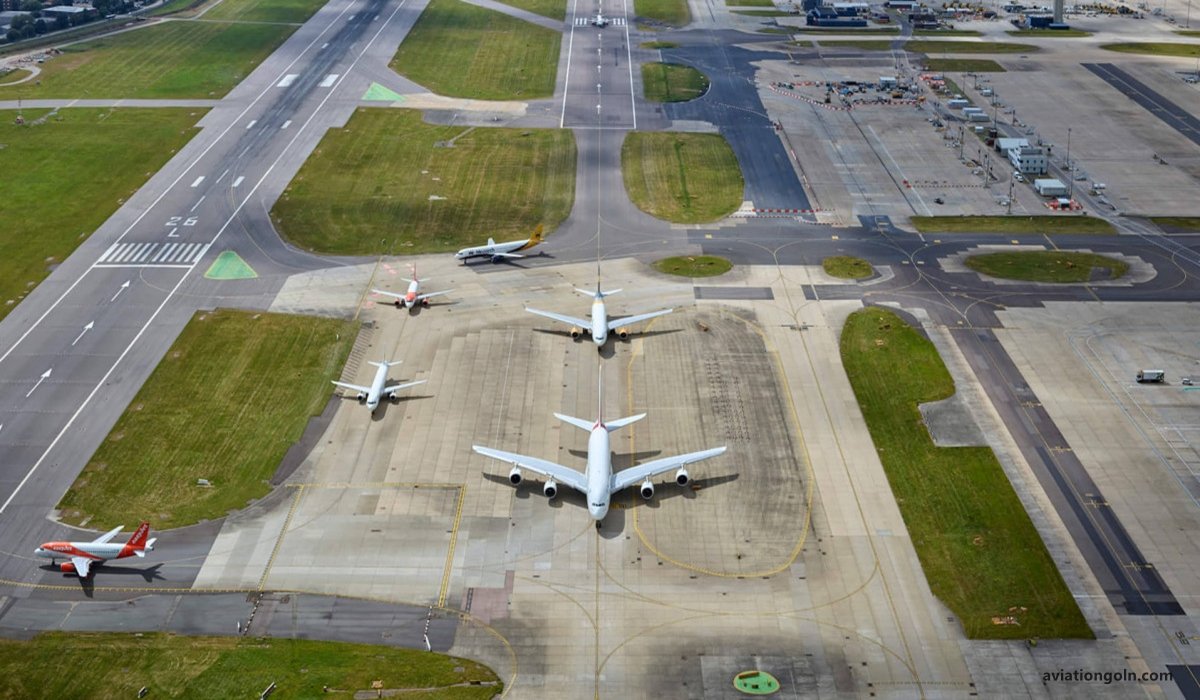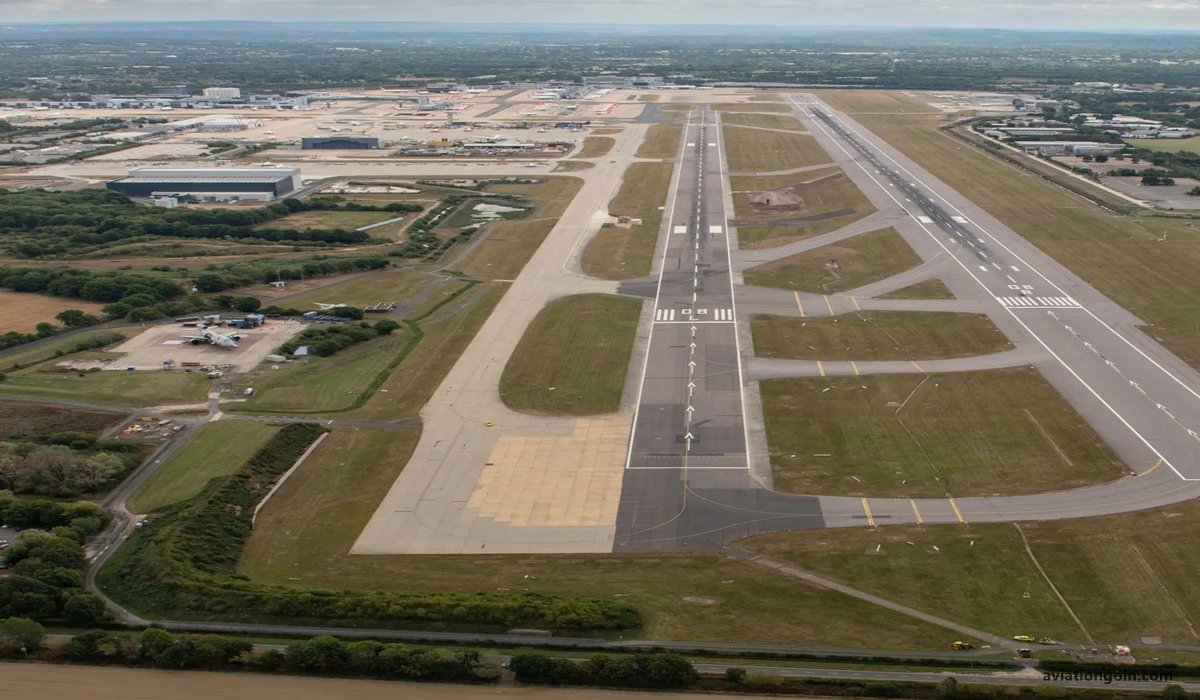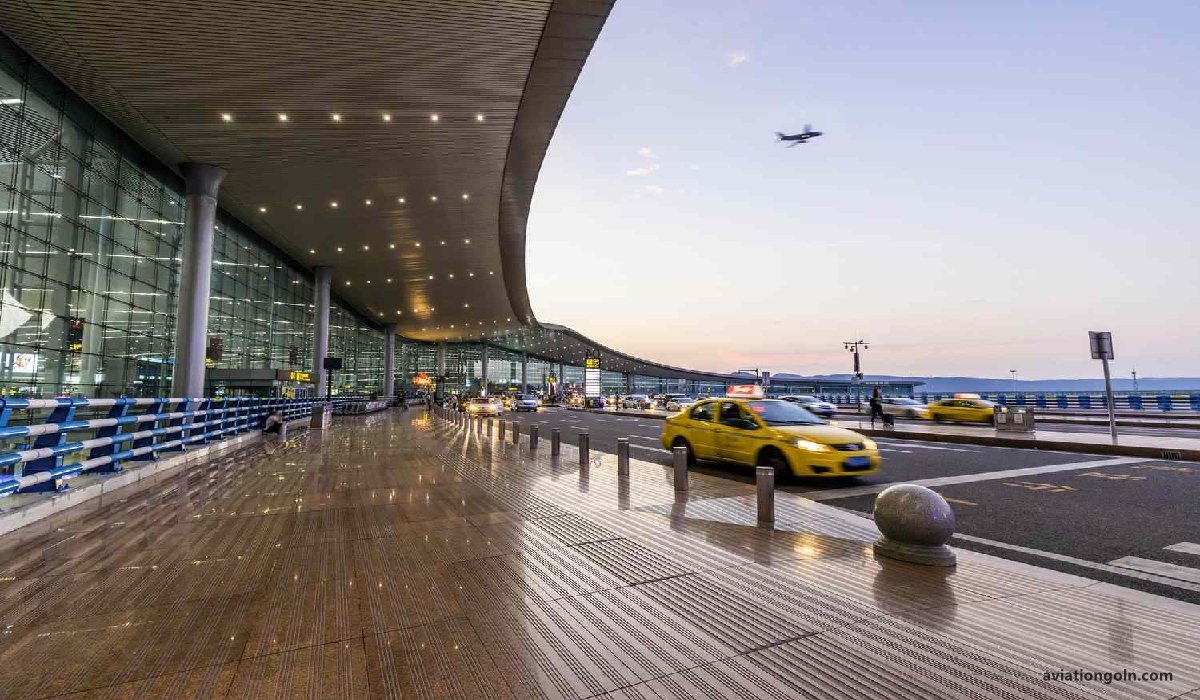Cost Management: The global aviation industry has experienced tremendous growth over the past few decades, with billions of passengers and tons of cargo transported annually. Central to this global network are airports, the gateways connecting various destinations.
While they serve as pivotal hubs of activity, they are also complex operations that demand careful financial planning and cost management. Efficient cost management ensures airports can deliver quality services while maintaining profitability. This article delves deep into the intricacies of cost management as a pivotal financial strategy for airports.
Cost Management: Financial Strategy for Airports
1. Introduction: The Importance of Cost Management
Airports, like other businesses, face the challenge of balancing revenue generation with costs. Given the high operating costs, rigorous maintenance requirements, and the cyclical nature of the aviation industry, airports must adopt rigorous cost management strategies. Effective cost management ensures sustainable operations, especially during periods of downturn, and allows for investment in infrastructure and services during boom periods.

2. Key Components of Airport Costs
To manage costs effectively, it’s essential to first understand the major cost components:
- Operational Costs: Include personnel, utilities, equipment, and supplies.
- Capital Costs: Relate to investments in infrastructure like runways, terminals, and technology systems.
- Maintenance Costs: Regular and unexpected maintenance of facilities and equipment.
- Administrative Costs: Include management salaries, office supplies, and other overhead expenses.
- Regulatory and Compliance Costs: Arise from adhering to aviation standards and regulations.

3. Cost Management Strategies
a. Efficient Resource Allocation
Staffing Optimization: Using data analytics, airports can forecast peak times and schedule staff more efficiently, thus avoiding overstaffing during off-peak periods.
Energy Efficiency: By investing in energy-efficient equipment and optimizing heating, ventilation, and air conditioning (HVAC) systems, airports can significantly reduce energy costs.
b. Technological Investments
Automation: Automated check-in kiosks, baggage systems, and other processes reduce labor costs and increase efficiency.
Predictive Maintenance: Using sensors and data analytics, airports can predict when equipment is likely to fail and schedule maintenance, avoiding costly emergency repairs.
c. Outsourcing Non-core Functions
By outsourcing functions such as cleaning, security, or IT services, airports can leverage the expertise of specialized firms and potentially reduce costs.
d. Diversification of Revenue Streams
By developing non-aeronautical revenue sources like retail, parking, real estate, and advertising, airports can reduce their reliance on landing fees and passenger charges.
e. Sustainable Infrastructure Development
Incorporating sustainable materials and designs in infrastructure development can lead to long-term savings in energy costs and maintenance.
f. Regulatory Review and Advocacy
Engaging with aviation authorities to review regulations can lead to the identification of cost-saving opportunities while maintaining safety standards.

4. Monitoring and Reporting
Implementing advanced financial software solutions can provide real-time data on costs, allowing for timely interventions. Regularly reviewing financial reports helps in identifying trends and areas for improvement.

5. Challenges in Cost Management
Airports face several challenges, including:
- Cyclical Demand: Passenger and cargo demands can be seasonal, impacting revenue while costs remain fixed.
- Capital Intensity: Airports require significant capital investments, leading to high depreciation and financing costs.

- Regulatory Environment: Stringent regulations can lead to increased compliance costs.
- External Factors: Factors like global economic downturns, pandemics, or geopolitical tensions can drastically reduce demand.

6. Case Study: Singapore Changi Airport
Singapore’s Changi Airport, frequently ranked among the world’s best airports, offers insights into effective cost management.
Innovation and Efficiency: Changi has consistently invested in technology to enhance operational efficiency. From automated cleaning robots to advanced baggage handling systems, the focus has been on reducing labor costs and improving service quality.
Diversification: The airport has developed a range of non-aeronautical revenue sources, from the Jewel Changi retail complex to hosting events and conferences.
Sustainability: Changi has adopted green building standards, reducing long-term energy and maintenance costs.

7. The Future of Cost Management in Airports
As the aviation industry evolves, airports will face new challenges and opportunities. The rise of low-cost carriers, increasing passenger demands for quality services, and environmental concerns will all play a role.
Public-Private Partnerships (PPPs): Collaborative efforts can lead to shared risks and innovation in cost management.
Green Financing: As airports look to become more sustainable, there will be opportunities to access green bonds and other financing mechanisms dedicated to environmentally-friendly projects.
Integrated Systems: The integration of various airport systems, from operations to finance, can lead to significant efficiencies.

Cost management is a dynamic, continuous process for airports. As transportation hubs vital to global connectivity and commerce, airports must navigate the delicate balance between providing world-class services and ensuring financial sustainability. By adopting innovative strategies, leveraging technology, and diversifying revenue streams, airports can thrive in an ever-evolving industry landscape.
See more:
